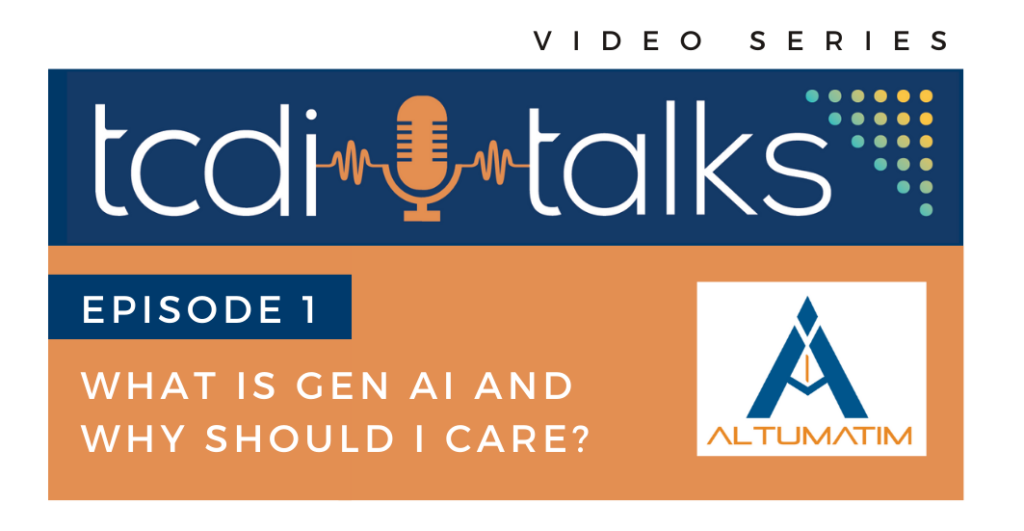“Remember that time is money.”
– Benjamin Franklin
Of all the American Founding Fathers, Benjamin Franklin certainly would have been the most fascinated by the chaos and complexity of modern litigation and its accompanying eDiscovery challenges. The diplomat in him surely understood substantial disputes. The scientist in him would have been fascinated with emerging technologies. But his role as the Postmaster General, with decades of experience reforming the postal services, would be the most intrigued:
- He expanded service – having riders carry mail day and night to improve delivery times.
- He established metrics – incorporating odometers into delivery carriage wheels to measure the most direct possible routes.
- He standardized workflows – establishing strict instructions detailing everything from sorting procedures to how many times a letter carrier was to sound his horn upon arrival to a village.
So, if we handed the reins of reforming the eDiscovery world to Franklin, what would he see? A world mired in inefficiencies leading to spend overruns as often as not. A world where technological innovations often over-promise and under-deliver. A world constrained from innovation by the rules and controlling case law of a slow-to-evolve legal system.
Despite these obstacles, where might he find opportunity?
Something Franklin understood well, as reflected in his oft-repeated aphorism, is that anyone providing a service that is valued by the time it takes to complete that wants to maximize their revenue must do everything possible to create more time for work. In Franklin’s pre-industrial world, this advice beseeched the reader on their “way to wealth” to find more hours.
But, of course, one person’s revenue is another’s expense.
The corollary is also true – to truly reduce expense, we must find ways of reducing time. This is the fundamental struggle and opportunity that we face today in trying to deliver true eDiscovery spend control.
In theory, the emerging innovative technologies leveraging automation and generative artificial intelligence should be
able to bring about three fundamental improvements:
- Improved quality
- Improved per-unit spend
- Improved time-to-completion
As we continue to explore these new technologies and workflows via proof-of-concept exercises and client pilots
and projects, we (and others) are finding that that these Gen AI workflows are delivering quality that meets (and
at times exceeds) that of more traditional technology workflows, especially in terms of consistent results (such as
redacting the same content in exactly the same manner across disparate document).
Quality is very important, but it alone does not control spend. The hope for all is that these technologies will be delivered at a per-unit spend (such as costs per document for responsiveness decisions on seven issue codes) that achieves real savings versus current approaches. The current reality is that the incredible computing power needed to run these technologies has kept pre-unit pricing at a level that is surely better than current, but with much room for continued improvement.
Which leaves us where we started – with time. The one thing that is certain with Gen AI eDiscovery workflows is the tremendous change in how long it takes to accomplish the task. Instead of waiting on a team of document review attorneys to take weeks to review, results are often available in days if not hours.
That alone has the potential for incredible spend-control opportunities. The ability to perhaps finally stick to a discovery timeline, stick to deposition schedules, keep the matter moving, avoid paying outside counsel to continually negotiate and re-negotiate such things may have a truly profound impact on the ability of an organization to
control their external spend.
As Franklin would surely see, the current challenges of controlling eDiscovery and litigation spend are largely a function of the lengthy time periods deemed necessary for an organization to move thousands and millions of documents through complex technological and human processes. The emergence of Gen AI workflows and their
ability to dramatically compress these time windows may finally give organizations the opportunity to control time and thus control money.

Andy Cosgrove
Author
Share article:
Andy Cosgrove is the Chief Strategy Officer of TCDI. He is responsible for guiding the development of innovative technologies and strategies that enable TCDI clients to mitigate legal risks and minimize costs in the areas of eDiscovery, information governance, cybersecurity and data privacy.
Andy brings over 20 years of experience as both outside counsel at AmLaw 100 law firms and, most recently, as in-house managing counsel leading information governance and eDiscovery teams at Juul Labs and General Motors. Learn more about Andy.






